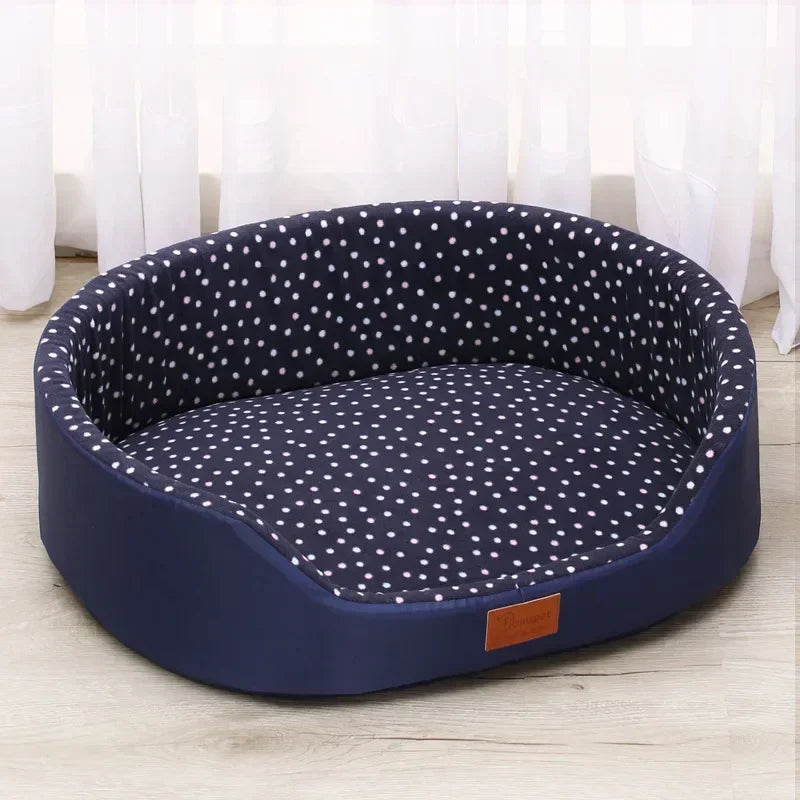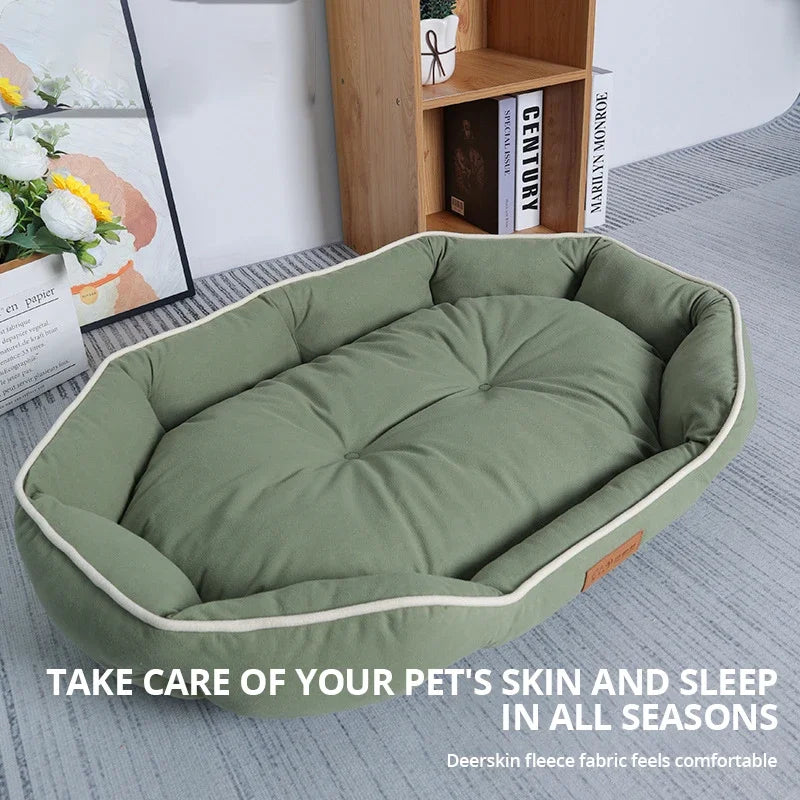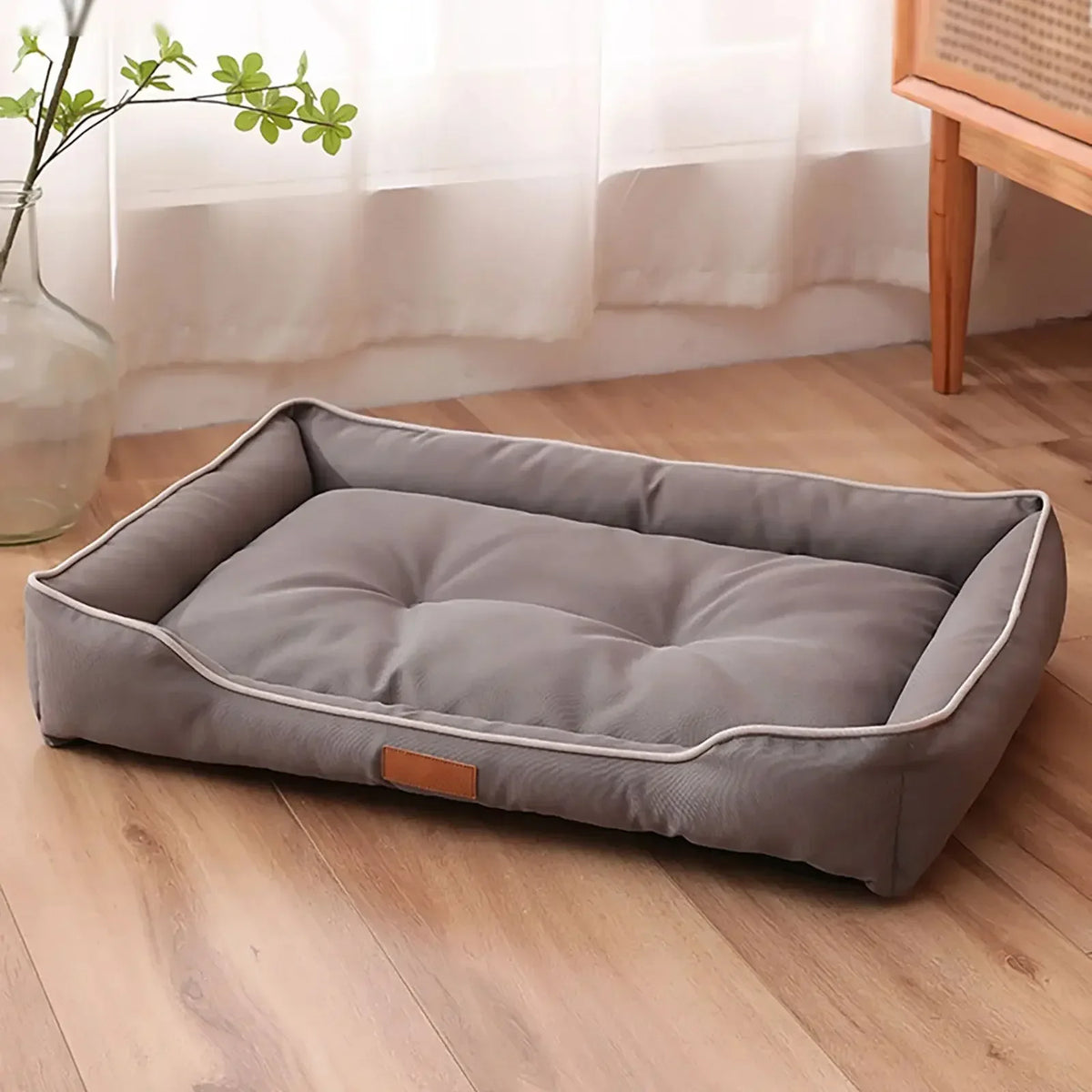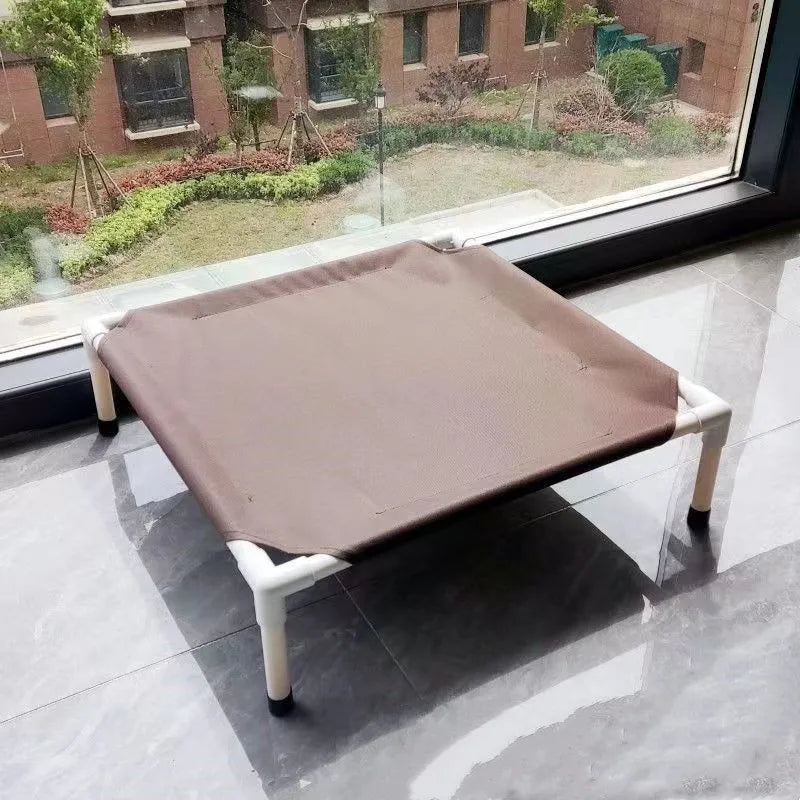Bringing a new puppy into your home is full of joy — cuddles, playtime, and that irresistible puppy smell. But around 3–6 months old, something happens that can catch new pet parents off guard: teething.
Just like babies, puppies go through a teething stage where their baby teeth fall out to make way for adult ones. During this time, chewing becomes their way of soothing sore gums — and sometimes that means shoes, furniture, or anything else within reach!
At Tooth and Tail Dog Supplies, we know how important it is to guide your pup through this stage safely. Here’s what you need to know about puppy teething, plus simple ways to help your little one.
1. When Does Puppy Teething Start?
- Baby teeth (also called milk teeth) appear at around 3 weeks old.
- By 6–8 weeks, most puppies have a full set of 28 baby teeth.
- Teething begins around 12–16 weeks when baby teeth start falling out.
- By 6–7 months, adult teeth should be fully in place (42 in total).
During this time, chewing is completely natural — it helps loosen baby teeth, eases discomfort, and encourages adult teeth to grow in properly.
2. Signs Your Puppy Is Teething
Look out for these common signs:
- Chewing on everything (from toys to table legs!)
- Drooling more than usual
- Swollen or red gums
- Small spots of blood on toys
- Slight irritability or restlessness
Don’t worry — this is all normal!
3. How to Help a Teething Puppy
🦴 Provide Chew Toys
Safe, durable chew toys are essential. Rubber toys, puppy-safe bones, and teething rings give your pup something satisfying (and safe) to gnaw on.
(At Tooth & Tail Dog Supplies, we stock a range of puppy chew toys designed to relieve teething discomfort while protecting your furniture!)
❄️ Try Frozen Treats
Cold helps soothe sore gums. You can:
- Freeze a wet washcloth (supervised play only)
- Offer frozen puppy-safe treats
- Give your pup toys made to be chilled in the freezer
🍖 Choose the Right Chews
Natural puppy chews, like soft puppy-friendly sticks or specially made teething chews, can provide relief while satisfying their natural urge to bite. Avoid anything too hard, as it could damage their developing teeth.
🐾 Stick to a Routine
If your puppy is chewing on furniture or shoes, calmly redirect them to an appropriate toy. Consistency is key — over time, they’ll learn what’s okay to chew.
4. What to Avoid
- Bones that are too hard (like cooked bones or antlers) — these can break teeth.
- Punishment — it confuses your puppy and doesn’t solve the problem.
- Household items — shoes, socks, or sticks from outside can be dangerous.
5. When to Call the Vet
Most of the time, teething goes smoothly. But if you notice:
- Baby teeth not falling out as adult teeth come in (retained teeth)
- Excessive bleeding
- Reluctance to eat
…it’s best to check in with your vet for advice.
Final Thoughts
Puppy teething is a completely normal stage, and while it may mean a few chewed-up slippers along the way, it’s also an opportunity to teach your pup healthy chewing habits for life.
With the right toys, chews, and a little patience, you’ll help your puppy through the teething stage smoothly — and protect your home in the process.
At Tooth and Tail Dog Supplies, we’ve got everything you need to make puppy teething easier, from safe chew toys to puppy-friendly treats. Because a happy puppy means a happy home. 🐾




